7 Ways to Discover, Develop, and Retain Company Culture
To us, company culture is very, VERY important. It’s what distinguishes us from everyone else. Yeah, we can make a commercial for you, a presentation, even a brand story; but our values and culture is what makes our work different from the agency down the road. So, let’s preface with a story:
Two years ago, we were faced with losing one of our top designers to a well-established agency. The agency made an enticing offer and was known for recruiting college talent. While we were the rising startup around town, we still had not figured out how to retain talent. After all, startups aren’t known to be stable nine-to-five gig with a clear corporate identity.
Facing the reality of having an employee being poached for the first time was rough. We knew no one could truly replace our guy, and we didn’t want to see him leave. However, this is all part of the game. If you have top talent and you’re working on creative projects, people will notice. So, it’s only a matter of time before people will want your star players for their own team.
We held several interviews – searching for a new designer – but no candidate felt right. They were all hesitant to jump into the startup lifestyle. We couldn’t picture any of them sharing the same sentiments as us in succeeding, failing, and growing together. We were growing frantic, but at the last moment our designer came back to us. He turned down the agency’s offer.
Why?
He said we were like his family and he wanted to grow in a place he loved. He loved our company’s culture and didn’t mesh with the vibe of the other agency.
This is when we realized, for the first time, that a company’s culture isn’t for everyone. But that’s the way it should be. As talented as you are, if we can’t rise and fall together, it’s just not going to work. This realization was the turning point at Big Fish, realizing we now had a company culture to protect, maintain, and grow.
It was, and is, to this day, our biggest selling point for recruiting.
So how can you build your own powerful selling point to recruits? Documenting what works and doesn’t work over the years, here are seven lessons we’ve learned from building our culture.
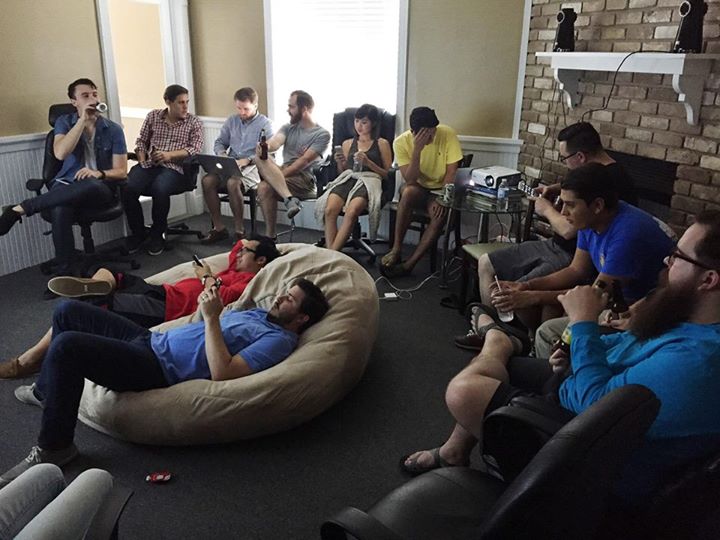
1) Take care of your people.
There’s a certain sense of camaraderie when you step through Big Fish, and it’s all because we all look out for each other’s best interests. We tell everyone on their first day of work that we strive to help them do some of their life’s best work at Big Fish. But we always remind them that if they ever feel like they’re done, please move on. And we’ll always help them find their next opportunity. Here are other ways we help take care of our people.
- Be flexible on where they work. If an employee wants to work from home that day, be open to it. A change of scenery helps the mind, just as long the person doesn’t abuse the privilege.
- Support Passion Projects. If your employees love something, it’ll mean a lot if you recognize it. It’ll mean even more if you support it. For example, our videographer loves making movies in his off time and we sometimes lend him our equipment to use on his films.
Key Takeaway: Take care of your people and they’ll take care of you.
2) Create values together and own them.
Gathering everyone together one day, we asked the team to write 10 values they thought Big Fish exemplified. Surprisingly, we all shared similar ones. We then whittled the words down from seven, to five, to three. These words would be how we to describe everyone at Big Fish:
Passionate. Kinetic. Rare.
Key Takeaway: Build your values together and take responsibility.
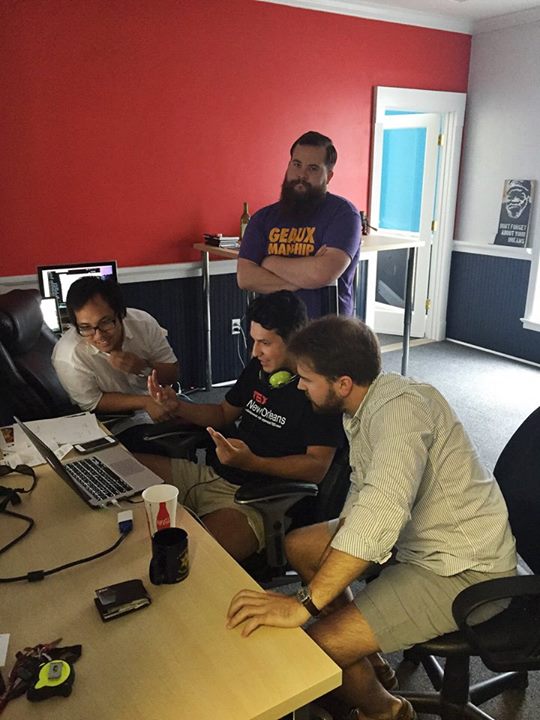
3) Schedule Hack Days
Every quarter, our team gets together on a Saturday to work on internal projects we otherwise wouldn’t have time for. This takes tremendous self-motivation to get up and work an extra day of the week, but our employees do it because they care. By creating this hack day culture, employees can use the pent up creativity unused on everyday projects. Here are five easy steps on how you can create your own hack day culture.
- Discuss 2-3 weeks beforehand any internal projects that would help build long-term success at your company. Be open – no idea is stupid. You want to make sure this isn’t a client workday; it’s YOUR workday.
- Set a date where majority of your office can meet on a non-traditional workday. We normally choose a day when LSU is not playing.
- Meet one-week prior and discuss who is going to work on what project. Everyone then decides what team they would like to join.
- Meet on the day, split into the teams, and get to work! We make sure food is provided and if there’s a game that day, put it where people can watch.
- At the end of the day, discuss your projects. Present your projects and choose as a team which ones you should continually focus efforts on.
Key Takeaway: Find time to work ON the business rather than just IN the business.
4) Become a family.
We refer to each other as family. After all, when you work long hours in the creative world, you tend to see your coworkers more than you see your spouse. It makes things a lot easier when you love your team and look forward getting up for work. Sure the work may be hard, but when your family is behind you, you feel like you can conquer the world. Here are some ways you can build familial relationships with employees:
- Involve them in traditions: Creating traditions to rally your employees are a must in building a successful company culture. It’s what makes your company unique compared to competitors. It’s what makes your company, your company. Here are three traditions we’re proud of at Big Fish:
- The inaugural lunch date: We take new hires to lunch and pick their brain about their hopes, dreams, and passions. Think of these lunches as post-hire interviews, because you can learn a lot about a person over a meal.
- Signing the values poster: A poster with our three values (passionate, kinetic, and rare) hangs in the middle of our office. We’ve created the tradition where every recruit signs this poster when they get hired.
- Company Retreats: Every quarter we have a company retreat somewhere to encourage team bonding. We’ve visited New York together, gone laser tagging, thrown house parties, and even been go-kart racing with another company. Either way, whoever we’re with, it’s always ended with us huddled over a meal laughing and thinking of ideas on things we can do for the next one.
- Be there when they need you: A while back, one of our top salespeople got in a bad wreck in a different city. Our CEO, Kenny, came to surprise him that night by visiting him at his home and saw a resume to a new company on his desk. We thought we knew what was coming when he recovered, but he ended up staying. He said he wasn’t going anywhere; he saw Kenny’s gesture as what it meant to be part of a work family. Be there when they need you the most, and they’ll be there for you when you need them.
Key Takeaway: A family environment builds bonds that last beyond business.
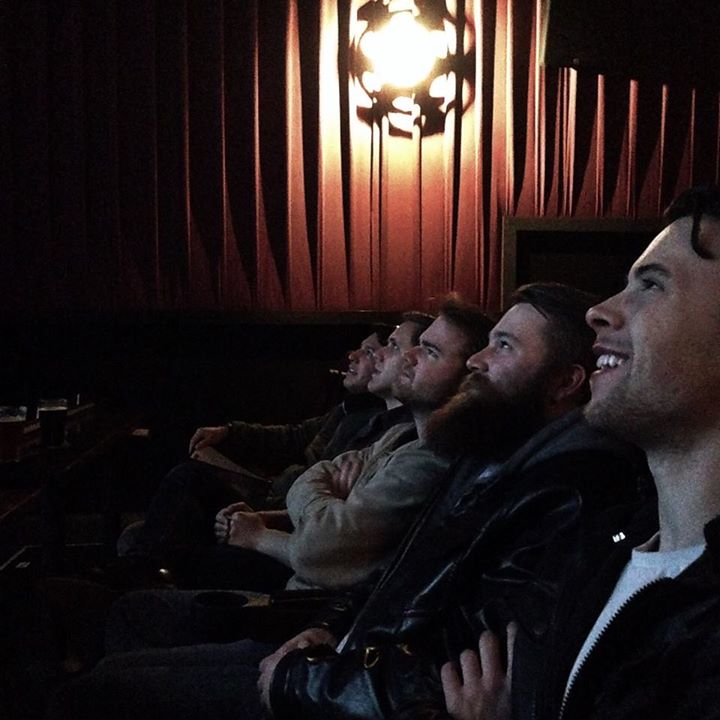
5) Encourage learning outside the office.
Making an effort to keep your team constantly in a learning environment is key to battling complacency. Here are some ways we keep our team mentally stimulated.
- Discuss what inspires you: Every Monday, we talk about select projects we’ve seen from the previous week that inspire us. Usual showcased projects come from an inspiration blog we maintain. Every employee has access to the blog, and is able to post design projects, quotes, websites, videos and anything else they enjoy or admire.
- Take trips: From Google and ESPN in NYC, NASA’s Michoud Campus, Tony Chachere’s Headquarters, to Zappos in Las Vegas, we’ve visited many companies to learn about their culture. Doing these trips has motivated us to refine our own culture.
- Attend conferences: We encourage our team to attend events where they feel they can learn something that can better what they do at Big Fish. We want our team to learn from the best, and are willing to pay to do so.
- Have a company library of books that inspire you: If you come to the Big Fish office, you’ll notice there’s a lot of books and magazines. It’s for our team to know what inspires the other person, as well as them. So many times we hit creative roadblocks at Big Fish where we end up referring to these books and magazines for inspiration.
Key Takeaway: Building a constant learning culture prevents complacency.
6) Always refine your communication.
Communication builds trust, which is essential for teammates to do their best. Also, an open voice in an organization is the best way to build trust. So we make it a point to address the most important things. The rest of the team should do the same. There should be no hesitations to let each other feel like we can’t be candid, and we shouldn’t be in denial about what works and what doesn’t. Here are some ways you can refine your team’s communication strategy:
- Don’t be afraid of addressing failures, successes, and challenges. If there’s trouble, address it promptly and work together to find solutions. The same goes for successes. This builds confidence and motivation throughout the organization. Celebrate the wins and learn from the losses, but do it together.
- It’s important to create an environment where everyone has a voice. When organizational hierarchy starts to limit what your employees’ can and cannot say, that severely limits creativity in the room. Let everyone speak his or her mind by frequently asking for opinions.
- Address issues swiftly. If an employee asks why you do certain things, the worst answer is, “because I’m the boss.” That just comes off as you don’t owe them an explanation and their feelings don’t matter. That, in turn, doesn’t build loyalty, nor trust.
Key Takeaway: Being transparent builds trust and loyalty.
7) Protect your culture relentlessly.
Every company by default has a corporate culture. However, in order to be unique it needs to be nourished and actively developed. It’s a team effort to maintain the culture while being aware of elements that disrupt it. It’s important to be aware that your first hires truly do set the tone of your company’s culture. Get rid of anybody swiftly that threatens your culture.
Key Takeaway: Hire slowly and fire fast.
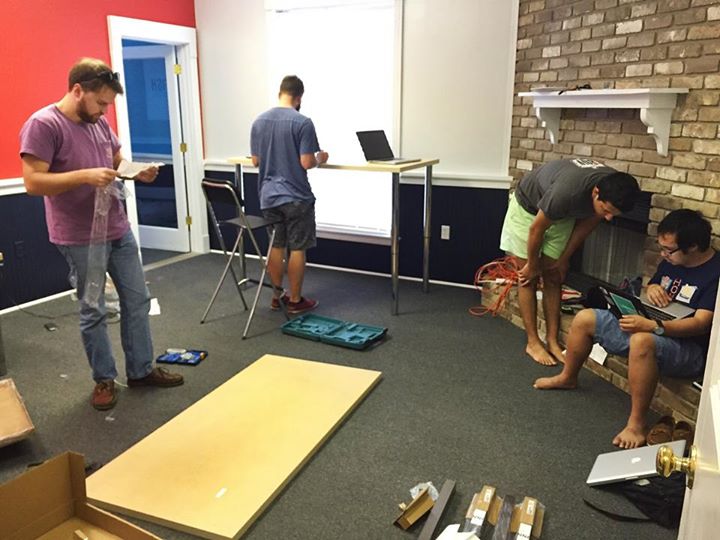
Company culture is an ever-evolving entity that attains and retains top talent.
I always assumed that hiring the smartest self-motivated individuals, letting them work micromanagement-free, and paying them considerably well was the answer to creating a fulfilling and successful organization. But here’s the thing – every great organization knows that. What they also know is that hiring is a competitive process; perks, employee compensation, and trustworthy leadership are all part of the equation. But what also matters is the soul of your company. Your company’s soul can be found if you answer this crucial question:
What experiences can you offer that no one else can?
Have you defined your company’s soul?
And, as always, thanks for reading.
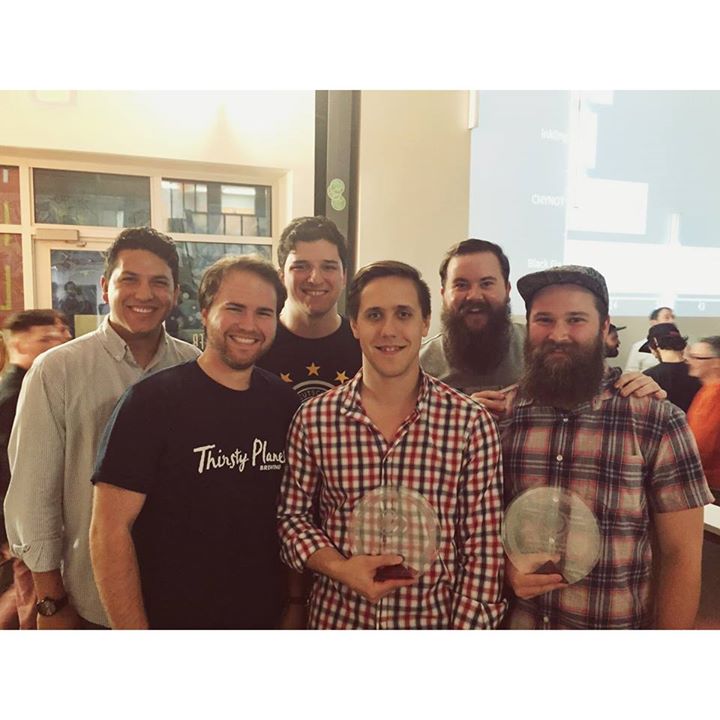



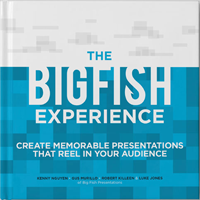
You forgot to say tat part of your culture was to be male… There’s only one woman in any of these photos!
We didn’t say being male was a part of our culture because it’s not. Females used to outnumber males in this office but they, unfortunately, all left for agencies in New York and California. So now it’s just us guys in the office. And these pictures are all very recent too, so they don’t really represent our overall culture so much as they represent us moving into our new office.